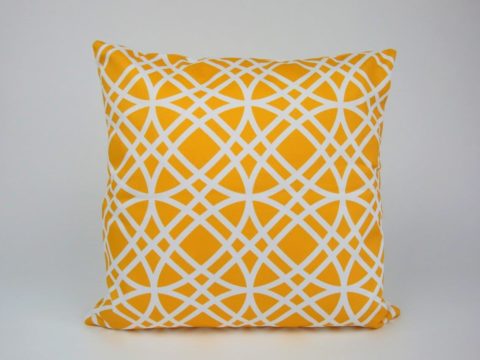Mary, Queen of France: Life Story
Chapter 14 : The End
In January 1533 Henry married Anne Boleyn in secret, and in May his marriage of twenty-four years was pronounced null and void from the start. Anne was his legal wife, and Queen of England. She was also pregnant with what Henry hoped would be a son. A grand coronation was planned for which Suffolk, as Lord High Steward, was required to undertake extensive organisation.
Mary was certainly ill by this time. A letter from her dated 30th March is signed in a faint hand. Her husband visited her at Westhorpe in May but returned to London for the coronation on 1st June. She was too ill to travel to it, even if she had wished to attend.
Perhaps Suffolk did not realise the parlous state of Mary’s health, perhaps coronation business kept him from her, or perhaps he no longer cared enough for her to return to Westhorpe to be with her in her last weeks. Mary died on 26th June, aged thirty-seven.
After a brief visit to make funeral arrangements, Suffolk returned to London, since it was not customary for spouses to attend a funeral. A requiem was sung at Westminster on 10th July, but Henry, in throes of delighted matrimony, did not order court mourning – perhaps another indication that Anne and Mary had been on bad terms.
Mary’s funeral was lavish, as befitted a queen-dowager. A Pursuivant – Guines herald was sent from France to add lustre, and the body lay in state for several weeks, the coffin shrouded in blue velvet. Mary’s eldest daughter, Lady Frances, was Chief Mourner, flanked by her brother, the Earl of Lincoln, and her betrothed, the Marquis of Dorset. Following behind were Lady Eleanor, Katherine Willoughby (betrothed to Lincoln), Mary’s step-daughters (Suffolk’s children by an earlier wife), Lord Clifford, who was to marry Eleanor, and a phalanx of other ladies and gentlemen, as well as 100 poor men and women.
The solemn procession, including two of Henry’s heralds – Garter and Clarencieux - travelled to the abbey at Bury St Edmund’s, arriving on 21st July. The clergy, led by the Bishop of London, who was to officiate, met the cortège. Mary’s coffin was carried into the abbey, draped in black with her arms and motto. Guines herald gave the cry ‘Pray for the soul of the right excellent princess and right Christian Queen, Mary, late French Queen and all Christian souls.’
Some six weeks later, Suffolk married Katherine Willoughby.
Bibliography
Brewer, J S. (n.d.). Calendar of Letter and Papers, Foreign and Domestic, of the Reign of Henry VIII., British History Onliine., Vols 1-21, Vol. 1–6
Camden Society (Great Britain) (1838) The Chronicle of Calais in the Reigns of Henry VII and Henry VIII to the year 1540 London Longmans, Green [etc.]
De Lisle, L (2008) The Sisters who would be Queen: the Tragedy of Mary, Katherine, & Lady Jane Grey London: Harper Press
Ellis, Henry (1827) Original Letters Illustrative of English History. 2, Vols 1-4, Vol. 1 London: Harding & Lepard
Fisher, C (2002) ‘The Queen and the Artichoke: A Study of the Portraits of Mary Tudor and Charles Brandon’ The British Art Journal 3/2: 20–7
Green, Mary Anne Everett (1854) Lives of the Princesses of England from the Norman Conquest Vol. 5. London: Henry Colbourn
Harris, B. J (1989) ‘Power, Profit, and Passion: Mary Tudor, Charles Brandon, and the Arranged Marriage in Early Tudor England’ Feminist Studies 15/1: 59–88. DOI: 10.2307/3177818
‘Lettres du roy Louis XII, et du cardinal George d’Amboise. Avec plusieurs autres lettres, mémoires & instructions écrites depuis 1504 jusques & compris 1514 .. : Louis XII, King of France, 1462-1515
Penn, T (2012) Winter King: the Dawn of Tudor England London: Penguin Books
Perry, M (2017) Sisters to the King: the Tumultuous Lives of Henry VIII’s Sisters -- Margaret of Scotland and Mary of France.
Sadlack, E. A (2010) ‘Epistolary Negotiations: Mary the French Queen and the Politics of Letter-Writing’ The Sixteenth Century Journal 41/3: 691–711
Theodore Godefroy (1649) Le ceremonial françois, tome premier


